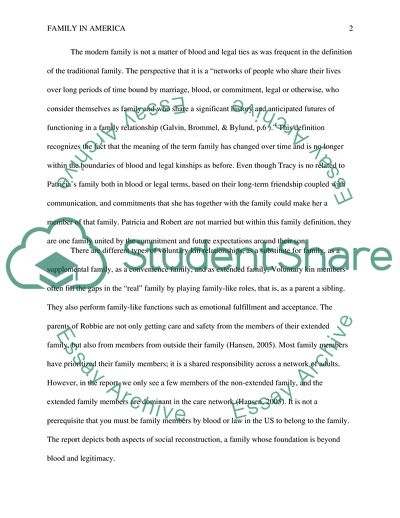Cite this document
(Family in America Term Paper Example | Topics and Well Written Essays - 1500 words, n.d.)
Family in America Term Paper Example | Topics and Well Written Essays - 1500 words. https://studentshare.org/people/1853948-family-in-america
Family in America Term Paper Example | Topics and Well Written Essays - 1500 words. https://studentshare.org/people/1853948-family-in-america
(Family in America Term Paper Example | Topics and Well Written Essays - 1500 Words)
Family in America Term Paper Example | Topics and Well Written Essays - 1500 Words. https://studentshare.org/people/1853948-family-in-america.
Family in America Term Paper Example | Topics and Well Written Essays - 1500 Words. https://studentshare.org/people/1853948-family-in-america.
“Family in America Term Paper Example | Topics and Well Written Essays - 1500 Words”. https://studentshare.org/people/1853948-family-in-america.


